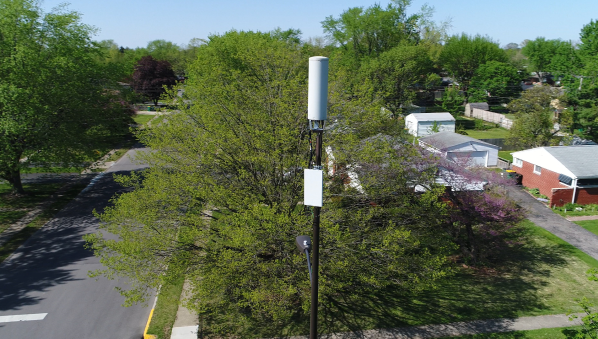
What is Fixed Wireless Access (FWA)?
FWA stands for Fixed Wireless Access and refers to wireless networks as the final stretch in providing high-speed internet access to homes. Unlike traditional broadband delivery methods such as cable or fiber, FWA utilizes wireless technology to deliver reliable and fast internet connectivity. Major US wireless network operators T-Mobile and Verizon have been using their 5G networks to provide home internet service using FWA.
Advantages of FWA
One of the significant advantages of FWA is its efficiency and bandwidth availability, especially in the mid-band and millimeter wave range. With the advancements in 5G technology, FWA can now deliver speeds that rival traditional fiber connections, reaching almost gigabit speeds.
Customer Satisfaction and Reliability
According to customer satisfaction surveys, FWA has surpassed cable and DSL regarding net promoter scores. These next-gen 3GPP-based systems perform well and set new benchmarks in customer satisfaction. The reliability and range of FWA have improved, thanks to technologies like Massive MIMO and beamforming.
The Evolution of FWA
FWA is not a new concept and has existed for some time. However, recent technological advancements and more spectrum availability have transformed FWA from a niche solution to a mainstream alternative. Tier one operators like Verizon and T-Mobile have launched a range of FWA services, further boosting its popularity and competition in the broadband market.
Samsung’s Role in the FWA Market
Samsung, a leading mobile infrastructure company, has a full suite of products for the FWA market. With its expertise in 5G and a wide range of products designed specifically for fixed wireless applications, Samsung plays a significant role in driving the growth of FWA. Their products, such as the massive MIMO unit and the 28 gigahertz radio solution, provide high-speed and reliable connections to hundreds of users.
The Economics of FWA for Rural Broadband
FWA has become an attractive option for bridging the digital divide in rural areas. With government funding initiatives like the BEAD program, which provides subsidies for broadband buildout, the economics of deploying FWA have become favorable. Compared to fiber, FWA is estimated to be 60% less expensive and faster to deploy, making it a cost-effective solution for reaching underserved locations.
FWA vs. Satellite Internet
While satellite internet, like Starlink, has advantages, FWA offers higher speeds and lower latency. The proximity of FWA towers to subscribers allows for faster and more reliable connections compared to satellites that are thousands of miles away. FWA also provides better coverage in areas where line-of-sight is not possible.
Conclusion
Fixed Wireless Access has emerged as a game-changing technology in the broadband market, providing high-speed internet access to homes in rural and urban areas. With advancements in technology, increased spectrum availability, and major operators’ involvement, FWA has become a reliable and cost-effective alternative to traditional broadband methods. With its range of products and expertise in 5G, Samsung plays a significant role in driving the growth of FWA and bridging the digital divide.
To learn more about the topic and Samsung’s contributions to the FWA market, visit [SamsungNetworks.com](https://www.samsungnetworks.com/) for further information.
Listen to Learn More
Thank you for reading! To learn more, tune into the 5G Guys podcast episode “Fixed Wireless Access with Samsung’s TJ Mann”
Disclaimer: The views and opinions expressed in this blog post are those of the authors and do not necessarily reflect Samsung’s official policy or position.



